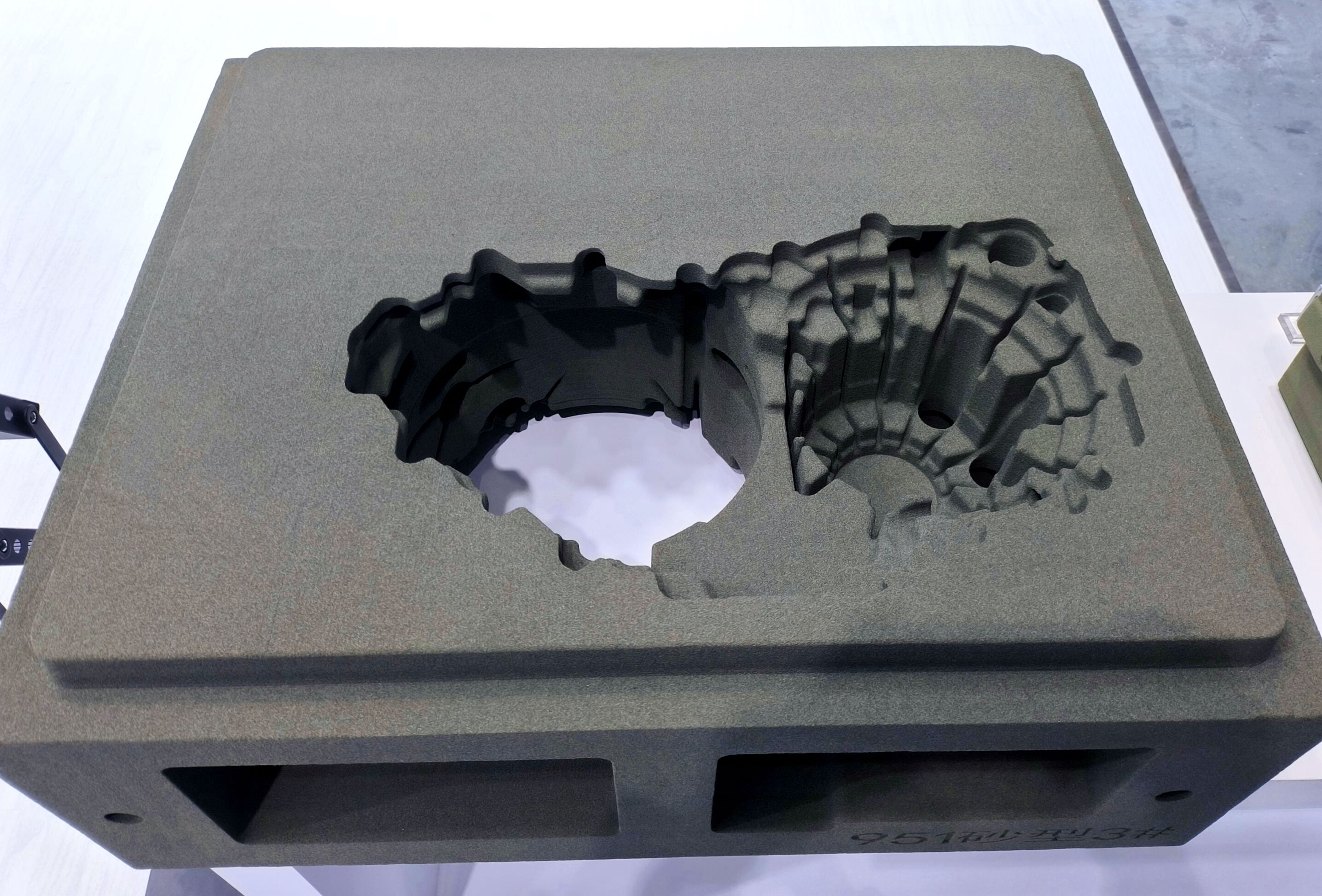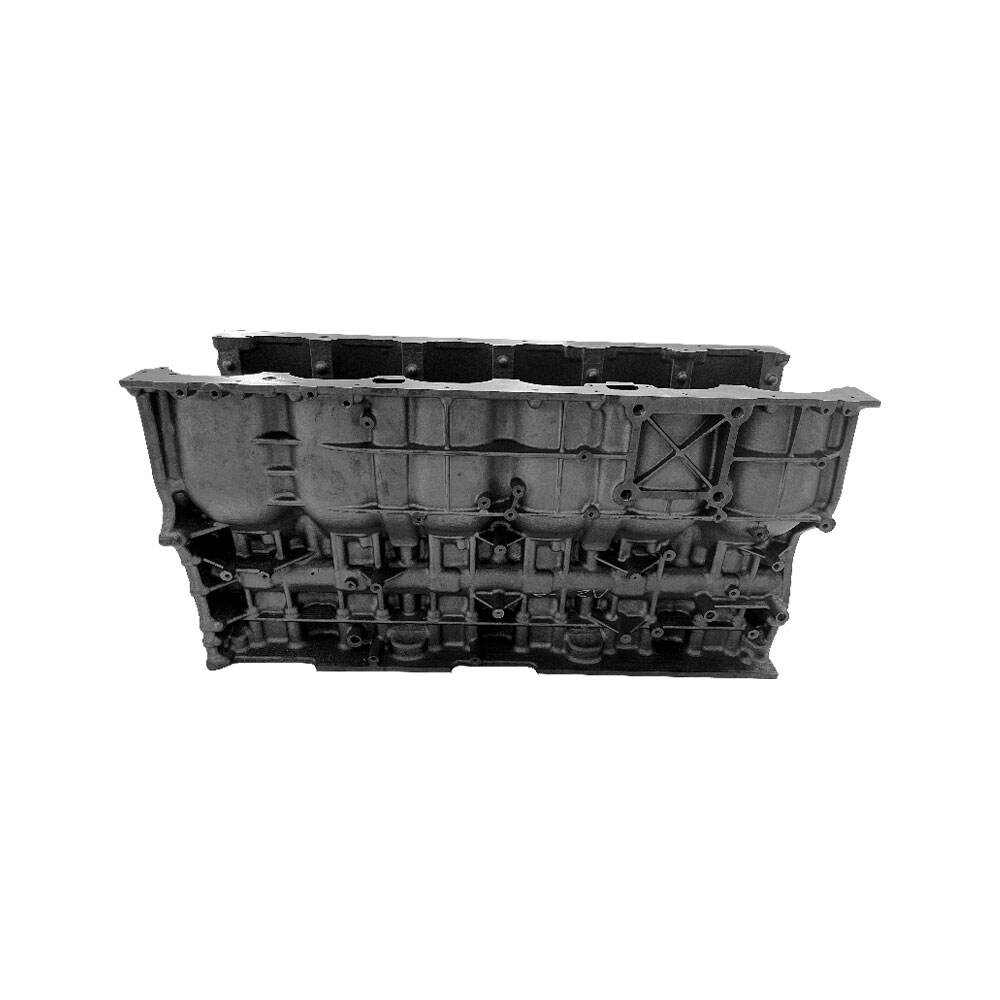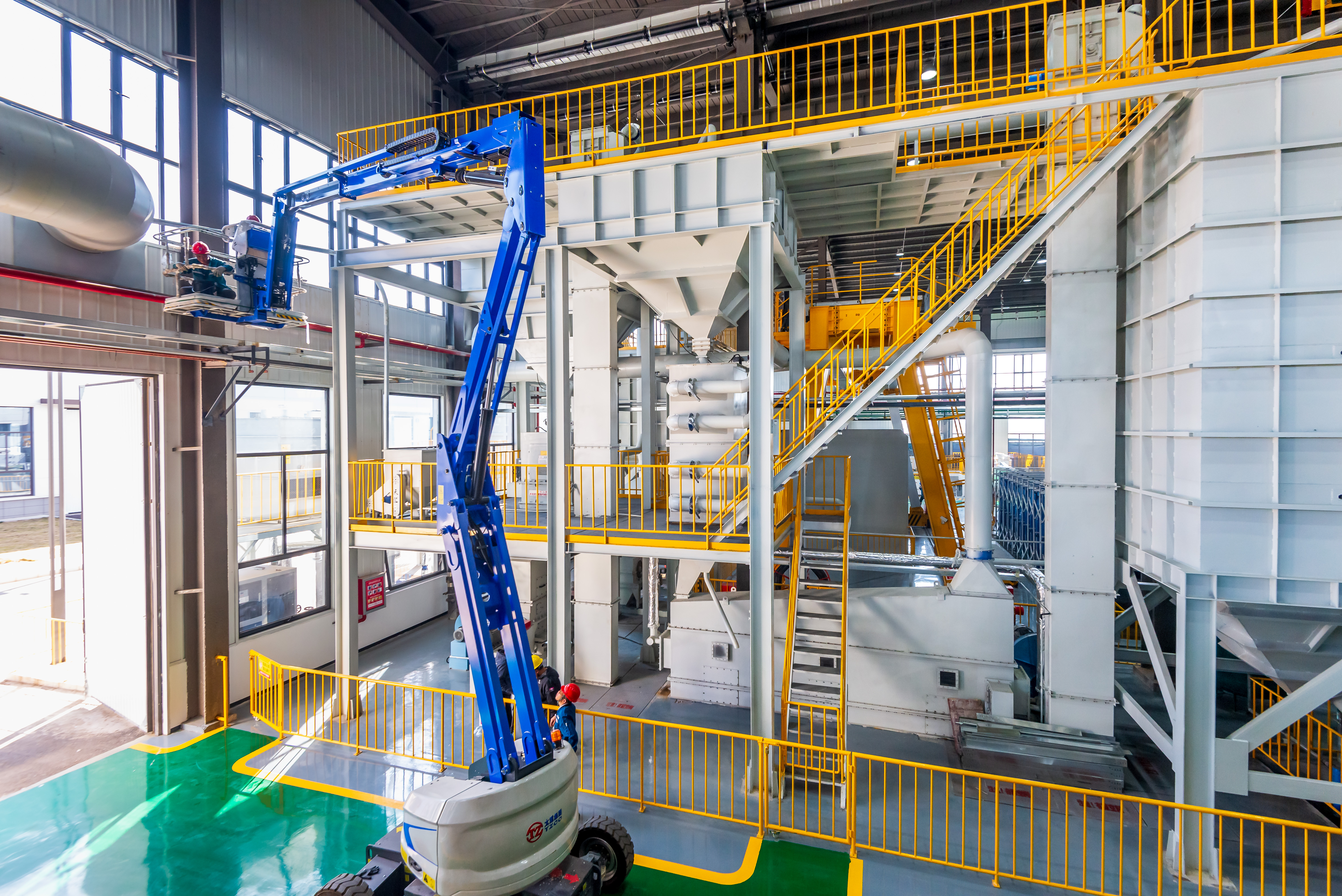sand casting cost
Sand casting cost encompasses various factors that influence the overall expenses in the metal casting production process. This traditional manufacturing method involves creating molds from sand mixtures, where molten metal is poured to create complex metal parts. The primary cost components include raw materials, labor, equipment maintenance, energy consumption, and overhead expenses. Material costs typically include sand, binders, facing materials, and the metal being cast. Labor costs cover skilled workers needed for pattern making, mold preparation, pouring, and finishing operations. Equipment-related expenses involve initial investment in furnaces, material handling systems, and finishing tools, plus ongoing maintenance. The production volume significantly impacts the per-unit cost, with higher volumes generally resulting in lower per-piece costs due to economies of scale. Environmental compliance and waste management also contribute to the overall expense. Modern sand casting operations often incorporate automated systems and advanced process controls to optimize efficiency and reduce costs while maintaining quality standards. This manufacturing method remains cost-effective for producing large, complex metal components, particularly in industries such as automotive, agriculture, and heavy machinery manufacturing.


